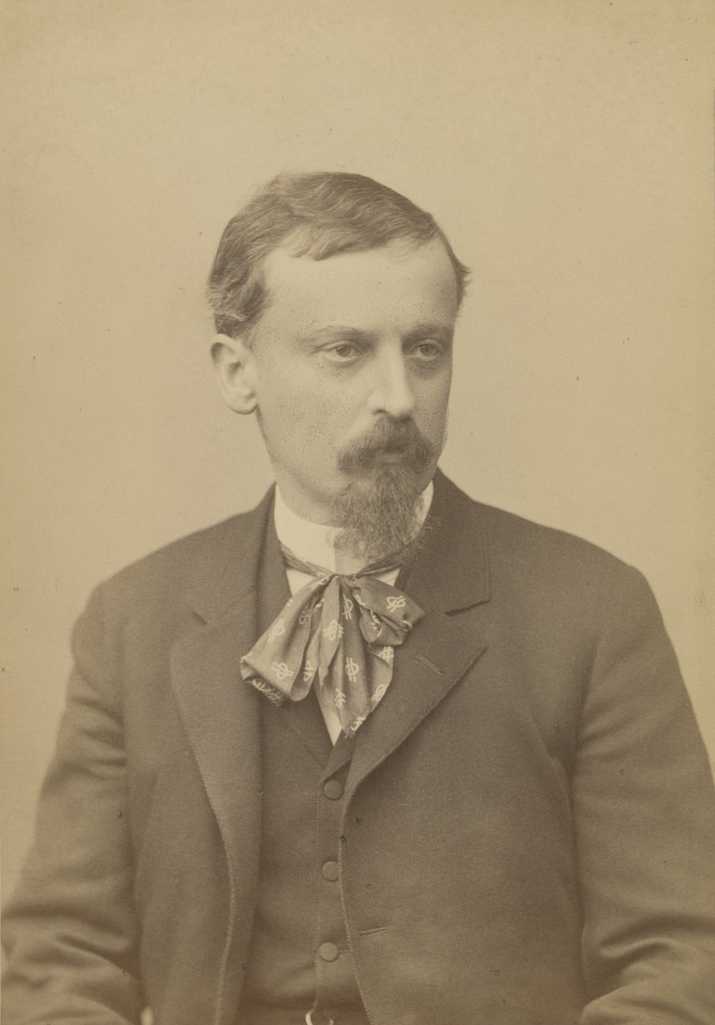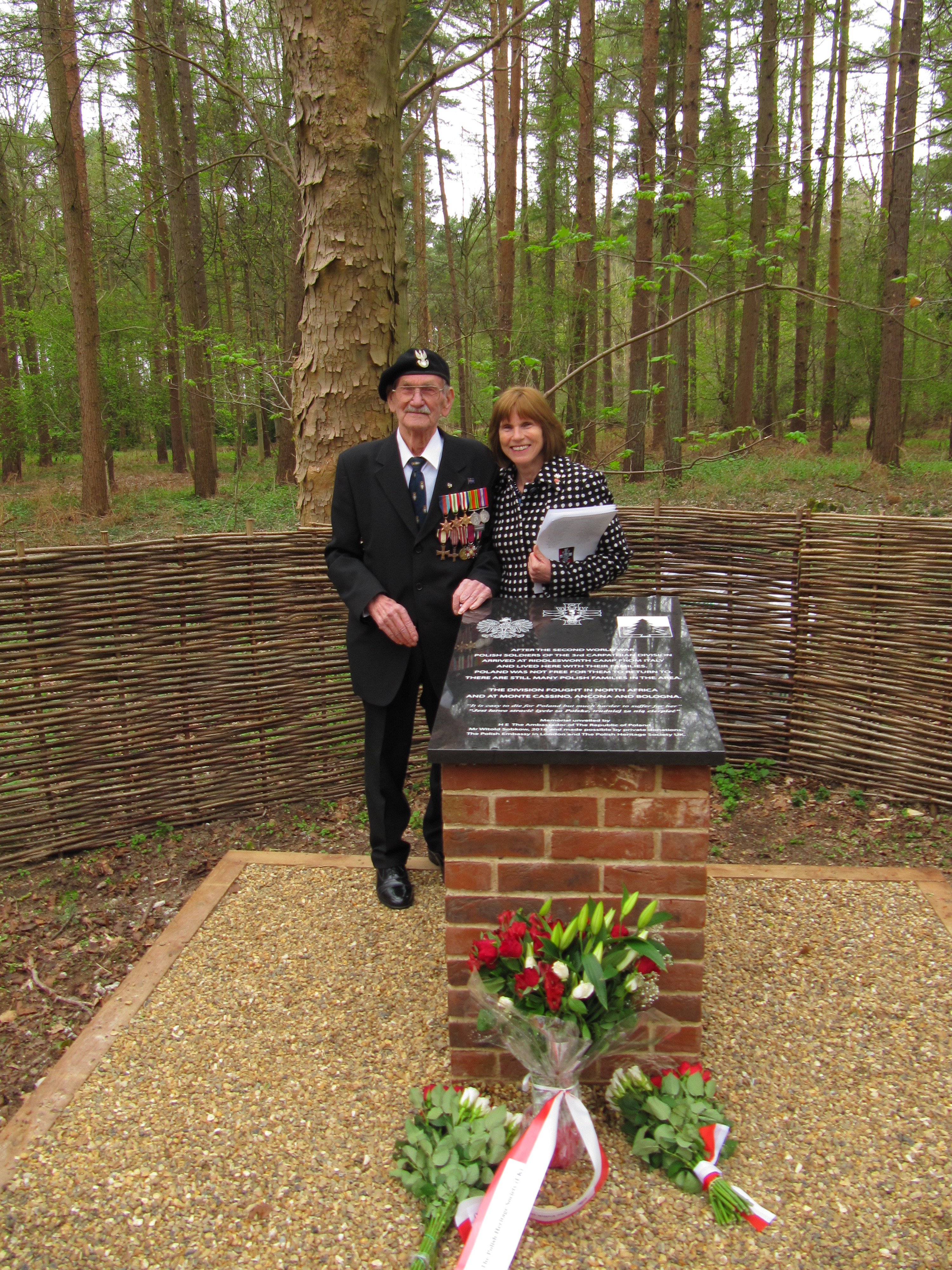|
Abdank
Abdank is a Polish coat of arms. It was used by several szlachta families in the times of the Kingdom of Poland and the Polish–Lithuanian Commonwealth. Blazoning Gules '' łękawica'' argent, crest: łąkawica as in arms. History According to Kasper Niesiecki the beginning of this shield dates from the time of Krakus, a mythological Polish monarch who founded and gave his name to the city of Kraków. On Wawel Mount, where Kraków's castle stood, from the Wisła (Vistula) river side, a man-eating dragon showed up. One day a man called Skuba, a young shoemaker, took the skin of a flayed sheep, put tar and sulphur and fire-brand into it and threw it into the dragon's lair. The dragon, not recognizing the deception, assumed it was a sacrifice from the people of Kraków and ate the fake sheep. The fire in his belly ignited it and as a result the dragon became very thirsty. He drank and drank the water from the Wisła river until he finally exploded and died. For his heroic deed K ... [...More Info...] [...Related Items...] OR: [Wikipedia] [Google] [Baidu] |
Józef Ankwicz
Józef Ankwicz (; 1750 – 9 May 1794), of Awdaniec coat of arms, also known as ''Józef z Posławic'' and ''Józef Awdaniec'', was a politician and noble ('' szlachcic'') in the Polish–Lithuanian Commonwealth. He held the office of castellan of Nowy Sącz from 1782. Deputy to the Great Sejm, and most infamously, the Grodno Sejm: for his actions during the latter he is remembered as one of the most prominent collaborators with the foreign partitioners of Poland. Biography Son of Stanisław Walenty Ankwicz and Salomea Schwarcemberg-Czerny. Married to Anna Biberstein-Starowieyska, father of Andrzej Alojzy Jan Stanisław Ankwicz (archbishop of Lviv) and daughters Kordula and Krystyna. He was also awarded with Order of Saint Stanislaus in 1781. In 1782 he received the office of castellan of Nowy Sącz. Elected deputy to the Sejms in the period 1782 - 1790, he was a member of the royal faction. In 1784 he received the Order of the White Eagle from king of Poland, Stanisław Au ... [...More Info...] [...Related Items...] OR: [Wikipedia] [Google] [Baidu] |
Łękawica (ordinary)
Łękawica is an heraldic ordinary in the shape of 2 joined chevrons, similar to letter W. Usually, it is of the colour of or (gold), azure (blue), or argent (white). Usage It was used in the several coat of arms of heraldic clans of Poland, including: Abdank and its variants,K. Niesiecki, ''Powiększony dodatkami z poźniejszych autorów rękopismów, dowodów, urzędowych i wydany przez Jana Nep. Bobrowicza, J.N. Bobrowicz'', vol. 2, p. 1-7. Dębno, and Dowgiałło. It also appears in the coat of arms of several towns, including Krośniewice and Żary in Poland, Biuletyn Informacji Publicznej. |
Polish Heraldry
Polish heraldry is the study of the coats of arms that have historically been used in Poland and the Polish–Lithuanian Commonwealth. It treats of specifically Polish heraldic traits and of the Polish heraldic system, contrasted with heraldic systems used elsewhere, notably in Western Europe. Due to the distinctive ways in which feudal societies evolved, Poland's heraldic traditions differ substantially from those of the German lands, France, and the British Isles. Polish heraldry is an integral part of the history of the Polish ''szlachta'' (nobility). History Unlike Western Europe, in Poland, the did not emerge exclusively from the feudal class of knights but stemmed in great part from earlier Slavic local rulers and free warriors and mercenaries. Rulers often hired these free warriors and mercenaries to form military units ( pl, Drużyna) and eventually, in the 11th century during the time of Casimir I the Restorer with the development of feudalism, armies paid by the Pr ... [...More Info...] [...Related Items...] OR: [Wikipedia] [Google] [Baidu] |
Skarbmir
Skarbimir of the Clan Awdaniec (died before 1132) was a Medieval Polish magnate, tutor, advisor and count palatine of Polish monarch Bolesław III Wrymouth. Biography Early life Skarbimir was a son of Michal the Old of the Clan Abdank, one time comes, founder of a Benedictine monastery at Lubin.Bieniak J., Skarbimir, Polski Słownik Biograficzny, vol. 38, 1997, pp. 28 Very little is known of Skarbimir's childhood and early life. It is believed that in 1079 he along with his father traveled to Hungary accompanying the banished king Boleslaw II the Bold. He and his father are believed to have returned to Poland circa 1086 along with Mieszko Bolesławowic, the son of the banished monarch. Following the poisoning of Boleslawowic in 1089, the clan Abdank declared itself in the opposition of count palatine Sieciech who was believed to have ordered Mieszko Bolesławowic poisoned. Political involvement Skarbimir was politically active already during the reign of Władysław I Herman. ... [...More Info...] [...Related Items...] OR: [Wikipedia] [Google] [Baidu] |
With Fire And Sword
''With Fire and Sword'' ( pl, Ogniem i mieczem, links=no) is a historical novel by the Polish author Henryk Sienkiewicz, published in 1884. It is the first volume of a series known to Poles as The Trilogy, followed by '' The Deluge'' (''Potop'', 1886) and ''Fire in the Steppe'' (originally published under the Polish title ''Pan Wołodyjowski'', which translates to ''Lord Wolodyjowski''). The novel has been adapted as a film several times, most recently in 1999. ''With Fire and Sword'' is a historical fiction novel, set in the 17th century in the Polish–Lithuanian Commonwealth during the Khmelnytsky Uprising. It was initially serialized in several Polish newspapers, chapters appearing in weekly installments. It gained enormous popularity in Poland, and by the turn of the 20th century had become one of the most popular Polish books ever. It became obligatory reading in Polish schools, and has been translated into English and most European languages. The series was a vehicle f ... [...More Info...] [...Related Items...] OR: [Wikipedia] [Google] [Baidu] |
Andrzej Alojzy Ankwicz
Andrzej Alojzy Ankwicz (; cz, Ondřej Alois Ankwicz ze Skarbek–Peslawice; german: Andreas Alois Ankwicz von Skarbek-Poslawice) (22 June 1777 – 26 March 1838) was the Roman Catholicism, Roman Catholic archbishop of Prague from 1833 to 1838. Biography Ankwicz was born in Kraków, Poland in 1777. He was ordained a Priesthood (Catholic Church), priest on 2 September 1810. In 1815, he was appointed and ordained archbishop of Roman Catholic Archdiocese of Lviv of the Latins, Lviv in Ukraine. He remained in this capacity for 18 years until 30 September 1833 when he was appointed the archbishop of Prague. He died at the age of 60 years on 26 March 1838 to be succeeded in his archbishopric by Alois Josef, Freiherr von Schrenk, Alois Josef Schrenk. References External links Archbishop Andrzej Alojzy Ankwicz profile at Catholic-Hierarchy Wikipedia:Verifiability#Reliable sources, 1777 births 1838 deaths Clergy from Kraków Clan Abdank 18th-century Polish Roman Catho ... [...More Info...] [...Related Items...] OR: [Wikipedia] [Google] [Baidu] |
Bohdan Khmelnytsky
Bohdan Zynovii Mykhailovych Khmelnytskyi ( Ruthenian: Ѕѣнові Богданъ Хмелнiцкiи; modern ua, Богдан Зиновій Михайлович Хмельницький; 6 August 1657) was a Ukrainian military commander and Hetman of the Zaporozhian Host, which was then under the suzerainty of the Polish–Lithuanian Commonwealth. He led an uprising against the Commonwealth and its magnates (1648–1654) that resulted in the creation of an independent Ukrainian Cossack state. In 1654, he concluded the Treaty of Pereyaslav with the Russian Tsar and allied the Cossack Hetmanate with Tsardom of Russia, thus placing central Ukraine under Russian protection. During the uprising the Cossacks lead massacre of thousands of Jewish people during 1648–1649 as one of the more traumatic events in the history of the Jews in Ukraine and Ukrainian Nationalism. Early life Although there is no definite proof of the date of Khmelnytsky's birth, Russian historian My ... [...More Info...] [...Related Items...] OR: [Wikipedia] [Google] [Baidu] |
Henryk Sienkiewicz
Henryk Adam Aleksander Pius Sienkiewicz ( , ; 5 May 1846 – 15 November 1916), also known by the pseudonym Litwos (), was a Polish writer, novelist, journalist and Nobel Prize laureate. He is best remembered for his historical novels, especially for his internationally known best-seller ''Quo Vadis (novel), Quo Vadis'' (1896). Born into an impoverished szlachta, Polish noble family in Russian-ruled Congress Poland, in the late 1860s he began publishing journalistic and literary pieces. In the late 1870s he traveled to the United States, sending back travel essays that won him popularity with Polish readers. In the 1880s he began serializing novels that further increased his popularity. He soon became one of the most popular Polish writers of the turn of the 19th and 20th centuries, and numerous translations gained him international renown, culminating in his receipt of the 1905 Nobel Prize in Literature for his "outstanding merits as an epic writer." Many of his novels re ... [...More Info...] [...Related Items...] OR: [Wikipedia] [Google] [Baidu] |
3rd Carpathian Rifle Division (Poland)
The 3rd Carpathian Rifle Division ( pl, 3 Dywizja Strzelców Karpackich, sometimes translated as ''3rd Carpathian Infantry Division''), also commonly known as ''Christmas Tree Division'' due to the characteristic emblem of a cedar of Lebanon superimposed upon the Polish flag, was an infantry division of the Polish Armed Forces in the West that fought during World War II on the Italian Front. It was formed in 1942 of the Polish Independent Carpathian Brigade and the forces of Lieutenant-General Władysław Anders' Polish 2nd Corps evacuated from the Soviet Union. The division participated in the North African and the Italian Campaigns (1941–1945) as part of the British Eighth Army. The division fought in some of the most difficult battles during the Italian campaigns of 1943-1944 and distinguished itself in numerous actions most notably the Battle of Monte Cassino, the dash for Ancona and Bologna. The Immediate Post War Period After the cessation of hostilities in May ... [...More Info...] [...Related Items...] OR: [Wikipedia] [Google] [Baidu] |
Bernard Zdzisław Skarbek
Bernard (''Bernhard'') is a French and West Germanic masculine given name. It is also a surname. The name is attested from at least the 9th century. West Germanic ''Bernhard'' is composed from the two elements ''bern'' "bear" and ''hard'' "brave, hardy". Its native Old English reflex was ''Beornheard'', which was replaced by the French form ''Bernard'' that was brought to England after the Norman Conquest. The name ''Bernhard'' was notably popular among Old Frisian speakers. Its wider use was popularized due to Saint Bernhard of Clairvaux (canonized in 1174). Bernard is the second most common surname in France. Geographical distribution As of 2014, 42.2% of all known bearers of the surname ''Bernard'' were residents of France (frequency 1:392), 12.5% of the United States (1:7,203), 7.0% of Haiti (1:382), 6.6% of Tanzania (1:1,961), 4.8% of Canada (1:1,896), 3.6% of Nigeria (1:12,221), 2.7% of Burundi (1:894), 1.9% of Belgium (1:1,500), 1.6% of Rwanda (1:1,745), 1.2% of German ... [...More Info...] [...Related Items...] OR: [Wikipedia] [Google] [Baidu] |
Prague
Prague ( ; cs, Praha ; german: Prag, ; la, Praga) is the capital and List of cities in the Czech Republic, largest city in the Czech Republic, and the historical capital of Bohemia. On the Vltava river, Prague is home to about 1.3 million people. The city has a temperate climate, temperate oceanic climate, with relatively warm summers and chilly winters. Prague is a political, cultural, and economic hub of central Europe, with a rich history and Romanesque architecture, Romanesque, Czech Gothic architecture, Gothic, Czech Renaissance architecture, Renaissance and Czech Baroque architecture, Baroque architectures. It was the capital of the Kingdom of Bohemia and residence of several Holy Roman Emperors, most notably Charles IV, Holy Roman Emperor, Charles IV (r. 1346–1378). It was an important city to the Habsburg monarchy and Austro-Hungarian Empire. The city played major roles in the Bohemian Reformation, Bohemian and the Protestant Reformations, the Thirty Year ... [...More Info...] [...Related Items...] OR: [Wikipedia] [Google] [Baidu] |





